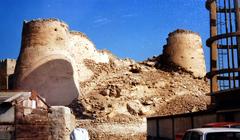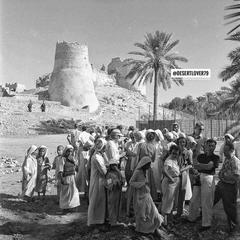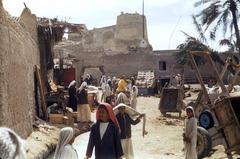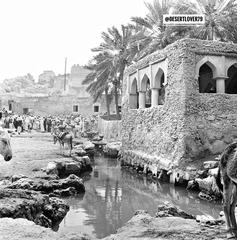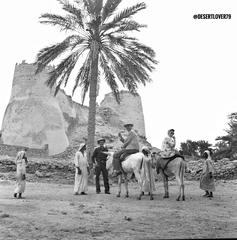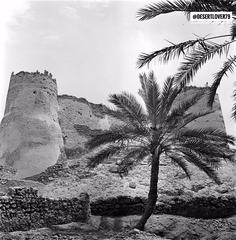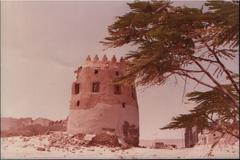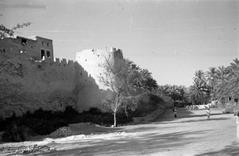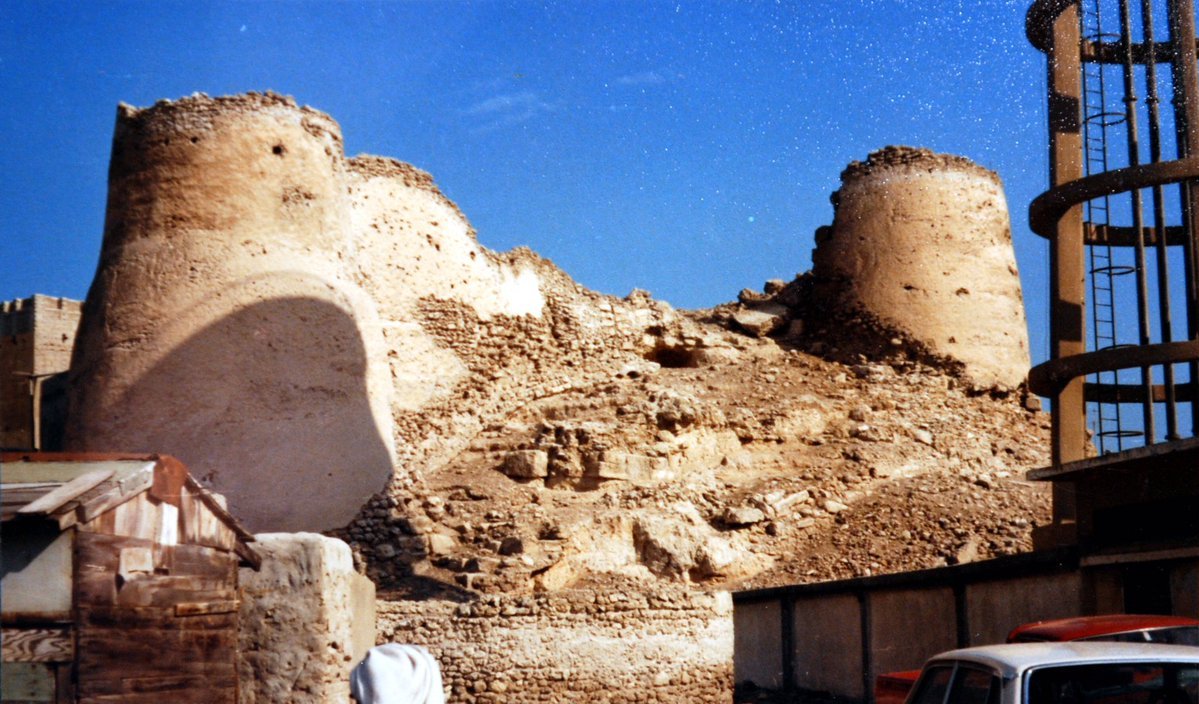
Tarout Castle Visiting Hours, Tickets, and Historical Guide in Qatif Governorate, Saudi Arabia
Date: 14/06/2025
Introduction
Tarout Castle, set majestically atop Tarout Island in the Qatif Governorate of Saudi Arabia’s Eastern Province, is an exceptional monument that encapsulates over 5,000 years of Arabian Gulf history and culture. As one of the oldest continually inhabited sites in the region, the castle is not only a testament to rich architectural and strategic advancements but also a living symbol of the area’s vibrant heritage. It represents a confluence of civilizations—from the ancient Dilmun and Mesopotamian peoples to the Portuguese, Ottomans, and the early Saudi state—making it a must-visit for history enthusiasts and cultural explorers alike.
This guide provides a comprehensive overview of Tarout Castle’s historical background, architectural highlights, and practical visitor information. Whether you are seeking details on visiting hours, ticketing, accessibility, or nearby attractions, this article equips you with everything you need to plan a rewarding journey to one of Saudi Arabia’s most fascinating heritage sites.
For deeper historical context and the latest visitor information, refer to sources such as Saudipedia, The Brain Chamber, Wikiwand, and KSA Journeys.
Table of Contents
- Historical Overview
- Visiting Tarout Castle: Essential Information
- Frequently Asked Questions (FAQ)
- Summary and Visitor Tips
- References
Historical Overview
Ancient Origins and Archaeological Context
Tarout Island boasts archaeological evidence of settlement dating back over five millennia (Saudipedia; The Brain Chamber). Excavations have revealed Neolithic pottery, coins, tools, and even the foundations of a Bronze Age temple dedicated to the Phoenician goddess Astarte (Inanna), highlighting the island’s religious and commercial significance. The tell (Tall Tawt) beneath the castle is a stratified mound formed by continuous human habitation, with artifacts from the Ubaid, Dilmun, and later periods (Wikiwand).
Significant finds include a golden statue of Ashtarot, Sumerian and Dilmun figurines, and pottery from the Indus Valley, all of which underscore Tarout’s role as a crossroads of ancient trade and culture. Many of these artifacts are displayed in institutions such as the National Museum of Riyadh.
Construction and Architectural Evolution
While fortifications on Tarout Island date back to the late third millennium BCE, the present structure of Tarout Castle is attributed mainly to Portuguese renovations in the 16th century (Saudipedia). In 1544 CE, the Portuguese rebuilt and fortified the castle to secure maritime routes and withstand Ottoman and local resistance. The design features a semi-elliptical plan, thick limestone and coral stone walls, and four conical towers (two of which remain intact). The strategic use of local materials and adaptation of Portuguese military architectural forms reflect the blending of foreign and indigenous traditions (Islamic Architectural Heritage).
The castle’s elevated position, approximately 20 meters above sea level, provided commanding views over Tarout Island and the Arabian Gulf, reinforcing its defensive capabilities (Atlas Obscura).
Strategic and Political Significance
Tarout Castle’s location made it a focal point for successive powers seeking to control the Arabian Gulf. After the Portuguese, it fell under the Uyunid Emirate, the Ottomans (who used it as both a prison and administrative center), and eventually the First Saudi State (KSA Journeys). Its history mirrors the region’s complex dynamics of trade, religion, and defense, and its legacy endures in local legends and cultural memory (The Brain Chamber).
Restoration and Conservation Efforts
Preserving Tarout Castle has been a national priority. Major restorations took place in 1984, with further development planned as part of Saudi Vision 2030 (Saudipedia). Despite these efforts, the structure faces ongoing threats from erosion, humidity, and urban encroachment. Conservation initiatives continue, often in collaboration with international archaeological teams, to ensure the site’s longevity (The Brain Chamber).
Notable Features and Surroundings
The castle covers about 600 square meters and features defensive towers, barracks, storage rooms, and administrative quarters. Visitors can explore the watchtower, former prison, and mosque, all situated within panoramic surroundings. The site is also near natural springs (Ain al-Awda and Ain al-Aounia) and the historic neighborhood of Al-Dirah, offering a comprehensive experience of the region’s layered heritage (Travel Guide Page).
Visiting Tarout Castle: Essential Information
Visiting Hours and Ticketing
- Current Status: As of 2025, Tarout Castle is often closed to the general public due to ongoing conservation work and safety considerations. However, access may be granted during special cultural events or by arrangement with official tour operators (Wikiwand).
- Typical Hours: When open, visiting hours are generally 8:00 AM to 6:00 PM daily, with possible variations during Ramadan, holidays, or festivals. Always consult local tourism offices or official websites before planning your visit.
- Tickets: Entry is usually free, but a nominal fee may be charged for guided tours or special events. Tickets can be purchased on-site or via authorized operators.
Accessibility
Tarout Castle’s hilltop location and uneven terrain present challenges for visitors with mobility impairments. Most of the lower courtyards are accessible, but the upper towers and ramparts require climbing stairs. There are no elevators or ramps to the higher levels as of the latest updates. Comfortable footwear is recommended for all visitors.
Guided Tours and Travel Tips
- Guided Tours: Available in Arabic and English, guided tours offer valuable historical and cultural insights and can be booked through local tourism offices or on-site during open periods.
- Best Time to Visit: November to March is ideal, with milder temperatures. Early mornings and late afternoons enhance comfort and photographic opportunities.
- Photography: Allowed throughout the site, with panoramic views especially rewarding from the towers.
- Etiquette: Modest dress is expected. Women are not required to wear an abaya but should dress conservatively.
Nearby Attractions and Amenities
- Qatif Old Market: Experience traditional crafts and local delicacies.
- Qatif Corniche: Enjoy seaside walks and views.
- Abu Loza’s Bath: A historic Turkish bath using mineral springs.
- Qatif Historical District: Explore narrow alleys lined with heritage buildings.
- Dining: A variety of restaurants and cafes are available in Qatif town.
Frequently Asked Questions (FAQ)
Q: What are the visiting hours of Tarout Castle?
A: The castle is generally open from 8:00 AM to 6:00 PM when accessible. Always verify with official sources as hours may change due to restoration or events.
Q: Is there an entrance fee?
A: Admission is usually free; guided tours or events may require a small fee.
Q: Is Tarout Castle accessible for people with disabilities?
A: Accessibility is limited, especially to upper levels. The main courtyard is more accessible, but assistance may be needed.
Q: Are guided tours available?
A: Yes, in Arabic and English, bookable via local tourism offices or on-site.
Q: What other attractions are nearby?
A: The Qatif old market, Corniche, Abu Loza’s Bath, and the Qatif Historical District.
Summary and Visitor Tips
Tarout Castle is a remarkable symbol of the Arabian Gulf’s rich and multi-layered past, blending ancient settlement, religious significance, and strategic military history. Its architecture, shaped by local and Portuguese influences, and its role as a hub for trade and culture, make it a unique destination in Saudi Arabia.
Visitor Tips:
- Check current visiting hours and access status before your trip.
- Wear comfortable shoes and bring sun protection, especially in summer.
- Guided tours greatly enhance the experience.
- Respect the site’s heritage and conservation rules.
- Explore nearby attractions to enrich your visit.
To stay updated on visiting hours, ticketing, and special events, consult official Saudi tourism platforms and consider downloading the Audiala app for real-time information and travel inspiration.
Visuals and Useful Links
Alt text: View of Tarout Castle tower overlooking the Arabian Gulf
Alt text: Central courtyard of Tarout Castle showing limestone walls and defensive structures
Official Tarout Castle Tourism Page
Qatif Historical Sites
Saudipedia Tarout Castle History
The Brain Chamber on Tarout Castle
KSA Journeys Guide
Islamic Architectural Heritage - Tarout Castle
Atlas Obscura - Tarout Castle
TravelSetu - Tarout Castle Tourism
WildTrips - Qatif Attractions
Trek Zone - Qatif and Tarout Castle
References
- Saudipedia Tarout Castle History
- The Brain Chamber on Tarout Castle
- Wikiwand Tarout Castle Article
- KSA Journeys Guide to Tarout Castle
- TravelSetu Tarout Castle Tourism
- WildTrips Qatif Attractions
- Trek Zone Qatif and Tarout Castle
- Islamic Architectural Heritage on Tarout Castle
- Atlas Obscura Tarout Castle
